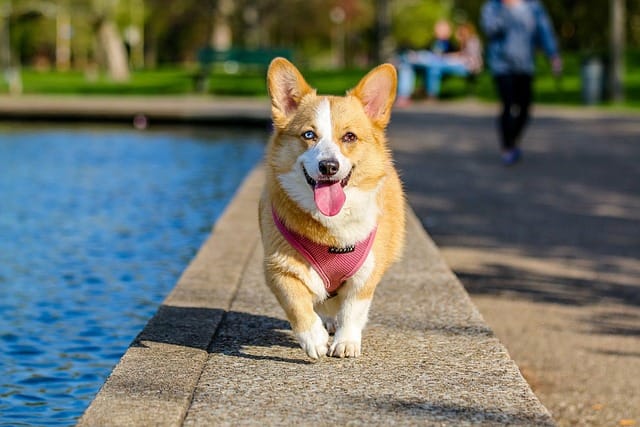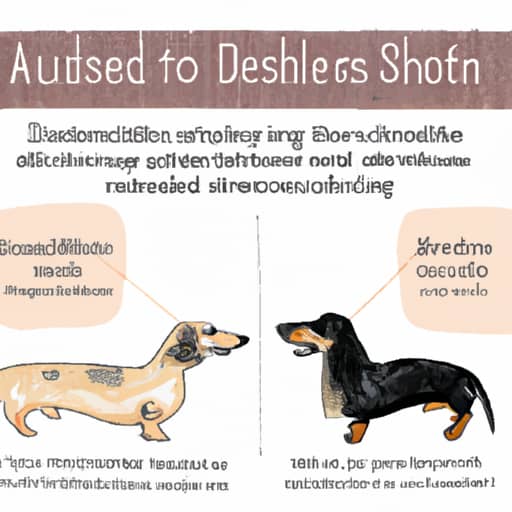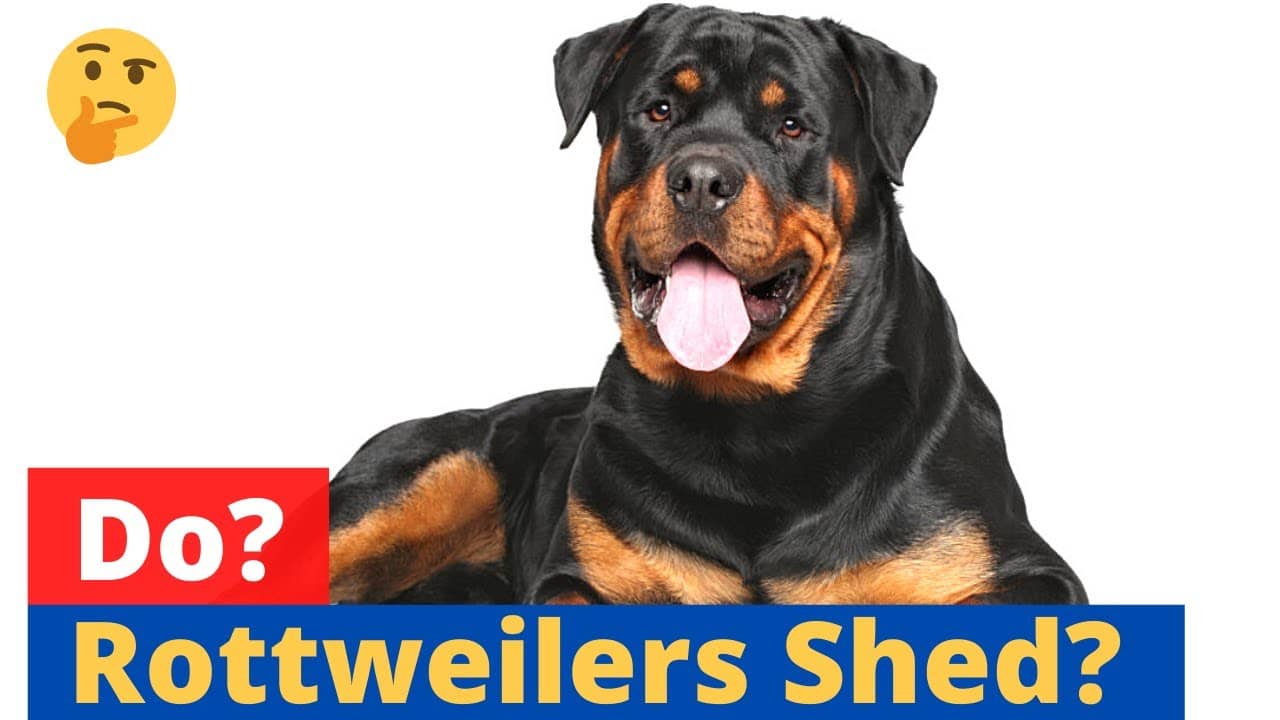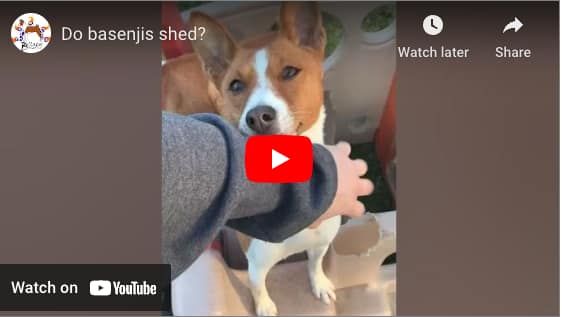Corgis Shedding: Why Do Corgi Shed?
Corgis Shedding: Why Do Corgi Shed? This article is here to answer all your questions about the notorious shedding habits of our beloved Corgis. If you’ve ever found yourself wondering why your Corgi leaves behind a trail of fur wherever they go, you’re not alone. In this article, we will explore the reasons behind Corgi shedding, examine the factors that contribute to their excessive fur loss, and provide you with some valuable tips on how to manage this inevitable part of being a Corgi owner. So, grab a cup of tea, get cozy, and let’s unravel the mystery of Corgi shedding together!
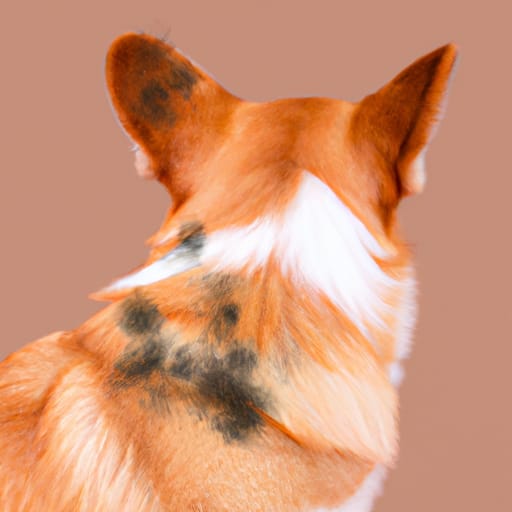
Corgis and Their Shedding Nature
Corgis – A Breed Prone to Shedding
Corgis are adorable and lovable dogs known for their short legs and long bodies. However, they are also notorious for shedding. If you own a Corgi or are considering getting one, it’s essential to understand their shedding nature. Corgis have a dense double coat, which consists of a weather-resistant outer layer and a soft, insulating undercoat. This double coat helps protect them from various weather conditions, but it also means that Corgis shed quite a bit.
Understanding the Shedding Cycle
To comprehend why Corgis shed, it’s crucial to understand their shedding cycle. Like many other dog breeds, Corgis go through a natural shedding process that helps them get rid of old or damaged hair and replace it with new growth. Shedding also helps regulate their body temperature and keeps their skin healthy. The shedding cycle consists of three phases:
- Anagen Phase: This is the active phase of hair growth, where new hairs develop.
- Catagen Phase: In this transitional phase, the hair follicles shrink, and hair growth stops.
- Telogen Phase: The final phase is when the old hair rests and eventually falls out to make way for new hair follicles.
During the shedding process, Corgis may experience periods of increased shedding, known as “blowing their coat,” where large amounts of hair may be shed at once. This typically happens during seasonal changes, but it can also occur due to other factors, as we will discuss further.
Factors Affecting Corgi Shedding
Breed Genetics
One of the primary factors influencing Corgi shedding is breed genetics. Corgis have been selectively bred for their double coat, which naturally leads to increased shedding. The genes responsible for this dense coat and shedding process are deeply ingrained in their DNA, making shedding an inherent characteristic of the breed. While you cannot change your Corgi’s genetics, understanding this aspect can help you manage their shedding more effectively.
Seasonal Changes
Seasonal changes are another factor that can influence the shedding patterns of Corgis. As the weather shifts from colder to warmer or vice versa, Corgis may go through a more pronounced shedding phase. During spring and fall, Corgis often shed more to prepare for the coming seasons, either to lighten their coat for warmer months or to grow a thicker coat for colder months. Be prepared for an increase in shedding during these transitional periods.
Health and Diet Factors
The overall health and diet of your Corgi can also impact their shedding. A poor diet or certain underlying health conditions can lead to excessive shedding or dull, brittle hair. Ensuring your Corgi has a balanced and nutritious diet, along with regular visits to the veterinarian, can help prevent any underlying health issues that may contribute to excessive shedding.
Corgi Coat Types and Shedding Intensity
Pembroke Welsh Corgi Coat Types
Pembroke Welsh Corgis, one of the two Corgi breeds, can have two different coat types: the “fluffy” or the “smooth” coat. Both coat types shed, but the fluffy coat tends to shed more due to its longer and denser hair. The smooth coat, on the other hand, has shorter hair, which may result in slightly less shedding. However, both coat types require regular grooming to manage shedding and maintain a healthy coat.
Cardigan Welsh Corgi Coat Types
Cardigan Welsh Corgis have a coat similar to Pembroke Welsh Corgis, with two possible coat types: the “long hair” or the “short hair” coat. Just like with Pembroke Corgis, the long hair coat may shed more due to its increased length. The short hair coat, while shedding less, still requires proper grooming to control shedding and keep the coat in good condition.
Managing Corgi Shedding
Regular Brushing and Grooming
To manage Corgi shedding effectively, regular brushing and grooming are essential. Brushing your Corgi’s coat at least two to three times a week helps remove loose fur and prevents it from ending up all over your furniture and clothes. Using a grooming tool like a slicker brush or an undercoat rake can be particularly helpful in removing loose hair from the undercoat. Remember to be gentle while brushing and avoid pulling or tugging on any tangles or mats to prevent discomfort.
Bathing and Shampooing Techniques
Regular bathing is another crucial aspect of managing Corgi shedding. Bathing your Corgi every four to six weeks helps remove loose hair and keeps their skin and coat healthy. However, be cautious not to over-bathe your Corgi, as excessive bathing can strip their coat of natural oils, leading to skin dryness and increased shedding. Use a gentle dog shampoo specifically formulated for shedding and follow proper bathing techniques to ensure an effective yet gentle cleaning process.
Supplements for Coat Health
In addition to regular grooming and bathing, certain supplements can help support your Corgi’s coat health and minimize shedding. Omega-3 fatty acids, often found in fish oil supplements, can improve the overall health of your Corgi’s skin and coat, reducing excessive shedding. Consult your veterinarian to determine the right dosage and type of supplement that would benefit your Corgi’s specific needs.
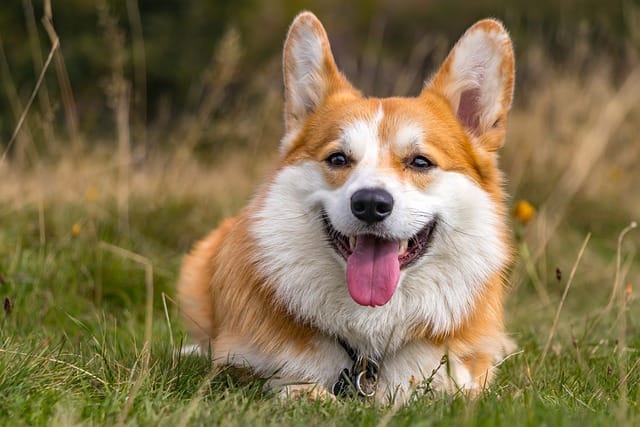
Dealing with Excessive Shedding
Identifying Excessive Shedding
While shedding is a natural process for Corgis, it’s important to differentiate between normal shedding and excessive shedding. Excessive shedding may be a sign of an underlying health issue, such as allergies, skin infections, or hormonal imbalances. If you notice a significant increase in shedding that cannot be explained by the regular shedding cycle or seasonal changes, it’s advisable to consult a veterinarian to rule out any potential health concerns.
Implementing Dietary Changes
If your Corgi is experiencing excessive shedding, implementing dietary changes may help alleviate the issue. Ensuring that your Corgi is receiving a high-quality diet with proper nutrition can promote a healthy coat and reduce excessive shedding. Consider switching to a dog food brand that is specifically formulated for healthier skin and coat, or consult your veterinarian for recommendations on dietary adjustments that may benefit your Corgi.
Seeking Veterinary Advice
If your Corgi’s shedding persists despite your efforts to manage it, it’s best to seek veterinary advice. A veterinarian can assess your Corgi’s overall health, perform necessary tests, and determine if there are any underlying medical conditions contributing to the excessive shedding. They may recommend additional treatments or prescribe medications to address the issue effectively.
Understanding Allergies and Corgi Shedding
Corgi Shedding and Allergic Reactions
Corgis, like many other dog breeds, can trigger allergic reactions in susceptible individuals. The primary cause of allergies is often the proteins found in a dog’s skin cells, urine, and saliva. When a person with allergies comes into contact with these proteins, they may experience symptoms such as sneezing, coughing, a runny nose, or itchy eyes. Shed hair can also contain these proteins, making exposure to shedding Corgi hair a possible source of allergies.
Reducing Allergic Reactions
If you or someone in your household is allergic to Corgis, there are several measures you can take to minimize allergic reactions:
- Regular grooming and brushing can help remove loose hair, reducing the number of allergens in the environment.
- Washing your hands after interacting with your Corgi can help minimize contact with potential allergens.
- Keeping your Corgi’s living space clean, including regular vacuuming and dusting, can reduce the presence of allergens in the house.
- Utilizing air purifiers with HEPA filters can help to filter out allergens from the air, creating a cleaner environment for those with allergies.
While these measures may help reduce allergic reactions, it’s important to note that they may not completely eliminate the risk. Consult with an allergist or medical professional for personalized advice and recommendations on managing allergies related to Corgi shedding.
Corgi Shedding and Household Maintenance
Cleaning Up Shedding Hair
Corgis’ shedding can undoubtedly leave behind a trail of fur that requires regular cleaning. To effectively clean up shedding hair:
- Consider using a vacuum cleaner equipped with a pet hair attachment specifically designed to capture pet hair from various surfaces.
- Use lint rollers or pet hair removal brushes to remove hair from furniture, clothing, and other fabrics.
- Regularly sweep or mop floors to remove any loose hair that may have accumulated.
Consistency and regular maintenance are key to keeping your home clean and minimizing the presence of shedding hair.
Minimizing Hair on Furniture and Clothing
While it’s nearly impossible to completely eliminate shedding hair from your Corgi’s presence, there are ways to minimize hair on furniture and clothing:
- Use washable covers or blankets on furniture where your Corgi spends time. These can be easily removed and laundered as needed.
- Keep a lint roller or pet hair removal brush handy to quickly remove any hair that may have transferred onto your clothing while cuddling or playing with your Corgi.
- Avoid wearing clothes made of materials that attract pet hair, such as wool or certain types of synthetic fibers.
By adopting these practices, you can reduce the frustration of hair on your furniture and clothing.
Conclusion
Corgis are adorable companions, but their shedding nature can be a challenge for many owners. Understanding why Corgis shed and implementing appropriate strategies for managing shedding can help you maintain a clean home and a healthy coat for your beloved Corgi. Through regular grooming, proper bathing techniques, dietary considerations, and veterinary advice when necessary, you can navigate the world of Corgi shedding with confidence and ensure a happy and healthy life for your furry friend.


